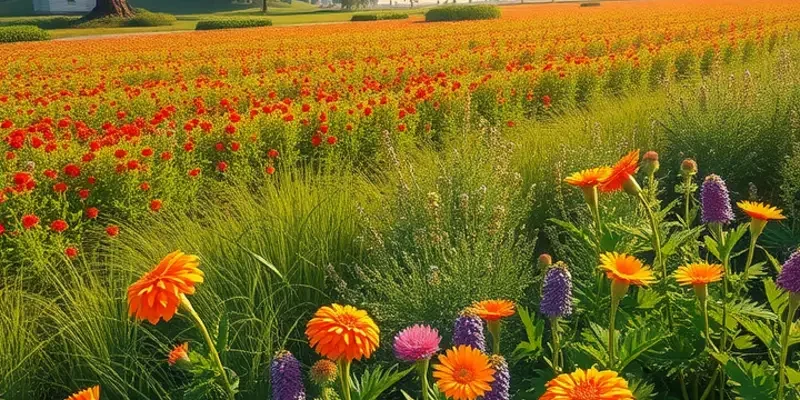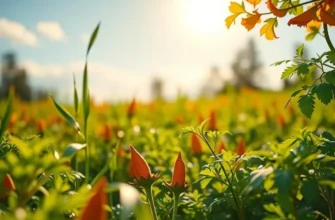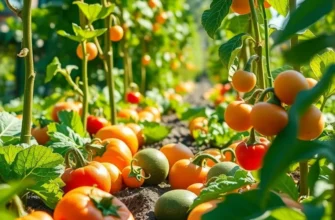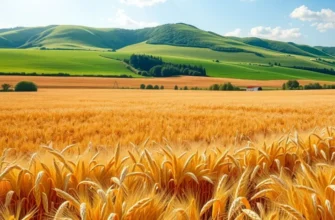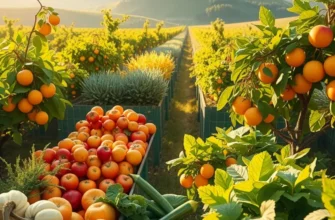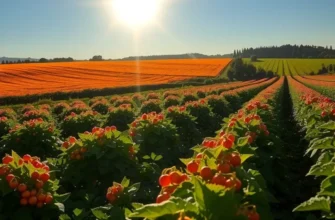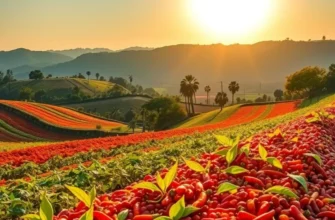Edible flowers have long adorned gourmet dishes, not merely as garnishes but as integral flavors and cultural elements. Across continents, these botanicals infuse meals with unique tastes and vibrant hues, connecting culinary traditions to the land’s natural beauty. From the aromatic nasturtium of South America to the delicate cherry blossoms of Japan, understanding the culinary role of edible flowers opens a portal into the rich tapestry of global gastronomy.
A Floral Palette: Edible Flowers in Global Cuisines
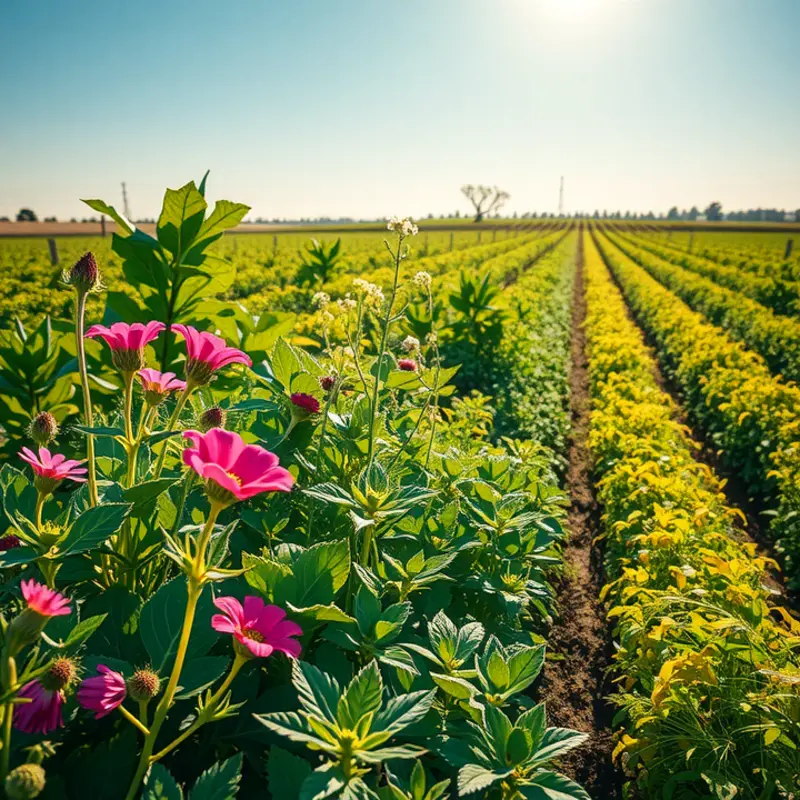
Edible flowers have long captured the hearts and minds of culinary enthusiasts around the globe. Their vibrant colors and unique fragrances can enhance even the simplest dishes, transforming meals into sensory experiences. Across continents, these blooms not only impart delicate flavors and remarkable hues but often hold cultural and symbolic significance.
In European cuisines, the use of edible flowers can be traced back centuries. For example, in French cooking, flowers like violets and lavender are cherished for their aromatic profiles. Violets, famous for their sweet and slightly floral flavor, are often crystallized or used to infuse syrups and liqueurs. Lavender, with its distinct and slightly spicy perfume, is a staple in Provençal cuisine, gracing both savory dishes and desserts. Meanwhile, the marigold, known as the “poor man’s saffron,” adds a golden tint and earthiness to culinary creations throughout Europe.
In Asia, the palette of edible flowers offers a different array of tastes and textures. In Japanese cuisine, the cherry blossom, or sakura, is revered not just for its beauty but also as a herald of spring. Blossoms are pickled or used in teas and mochi, imparting a subtle sweetness. Chrysanthemums are another popular choice; these blooms often appear as garnishes or in salads, adding a slight bitterness that contrasts beautifully with sweeter ingredients.
India, with its rich tapestry of flavors, often uses rose petals and hibiscus in its culinary offerings. Rose petals, celebrated for their romantic fragrance, often lend their essence to sweets like gulab jamun and beverages like falooda. Hibiscus, on the other hand, is frequently featured in refreshing drinks, providing a tart, cranberry-like flavor that is invigorating in hot climates.
In Latin America, certain flowers also have established culinary roles. The squash blossom, or flor de calabaza, is a favorite in Mexican cuisine, embraced for its mild, squash-like flavor. Often stuffed or sauteed, it complements everything from quesadillas to soups. In Peru, the vibrant purple flowers of the chuño plant are sometimes used to add a burst of color and flavor to dishes.
For more information on how cultural influences shape the use of ingredients, you might explore culinary influences and trade impacts. This resource provides a broader understanding of how flowers and other ingredients are amalgamated into local and global cuisines.
As our world shrinks due to globalization, culinary traditions blend and transform. Edible flowers continue to captivate chefs and food lovers alike, acting as both artistic flourishes and essential components of dishes. Their ability to convey flavor, color, and cultural narratives ensures that these natural beauties remain at the forefront of global cuisine.
From Garden to Plate: Culinary Techniques and Pairings
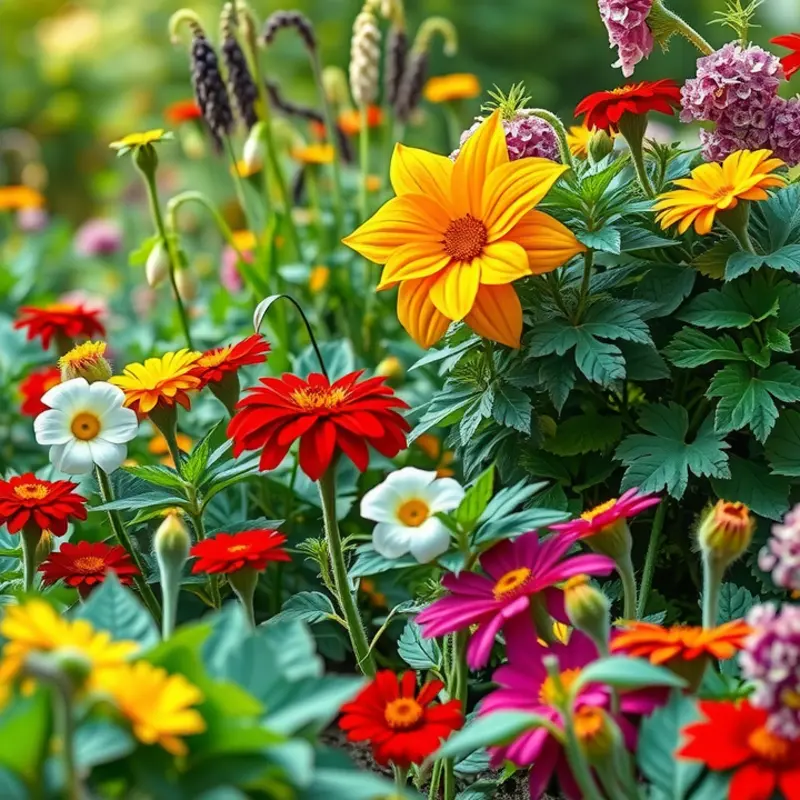
Edible flowers offer a unique opportunity to transform simple dishes into extraordinary experiences. Knowing how to incorporate these vibrant blooms into your culinary repertoire involves mastering several techniques. Let’s delve into the delicate art of preparing, pairing, and preserving edible flowers for optimal enjoyment.
First, sourcing fresh and safe edible flowers is critical. Seek out local markets or specialized herb suppliers to ensure high quality. If growing your own, avoid pesticides and fertilizers. Careful inspection is essential, as many flowers look similar but may not be safe to eat.
Before using flowers in your cooking, washing them thoroughly is important. Rinse them gently with cool water and pat them dry with a paper towel. Avoid soaking them, as this can cause wilting and can wash away delicate flavors. Once cleaned, store flowers in a clean, damp paper towel inside an airtight container to maintain their freshness for up to a week in the fridge.
The beauty of edible flowers lies in their versatile uses. They can enhance salads, desserts, and even beverages. In salads, scatter petals to provide color and a mild, aromatic flavor. Flowers like nasturtiums add a peppery kick, while violets bring subtle sweetness.
In dessert applications, candied flowers serve as both garnish and a delightful treat. Dust them lightly with sugar to crystallize their petals. Herb-infused flower syrups can add floral notes to cocktails or sweet dishes.
Pairing flowers with cocktails requires thoughtful balancing. Light and refreshing flavors complement most floral elements. In a gin and tonic, a single hibiscus bloom can lend a tart undertone, while elderflowers offer a musky sweetness in a champagne cocktail.
Preserving the vividness of edible flowers extends their usability. Making vinegar infused with blossoms like lavender or chamomile preserves both color and aroma. Dried flowers can also lend their distinct aromas to spice blends or teas.
To truly appreciate flowers beyond their aesthetic allure, consider integrating them into everyday dishes. A simple vinaigrette can be elevated with infused oils featuring petals, adding an unexpected layer of flavor. Whipping up a compound butter with chive blossoms can turn an otherwise mundane meal into something sophisticated.
Incorporating edible flowers into your diet not only adds color but also a sense of novelty and experimentation in the kitchen. Exploring techniques and pairings opens up a world of creativity. To explore more ways to enhance your cooking without over-reliance on salt, you might find these flavor boosters insightful.
As you embrace edible flowers in your cuisine, remember they are not merely garnishes. These blooms are partners in the adventure of gastronomy, ready to elevate your meals to gourmet status with their natural beauty and flavor diversity.
Final words
Integrating edible flowers into culinary practices not only enhances the visual appeal of dishes but also deepens our connection to cultural traditions and natural ingredients. As cuisines worldwide embrace these colorful botanicals, food enthusiasts can explore a beautiful synergy of flavor and artistry. The journey from garden to plate is a reminder of nature’s bounty and our ability to celebrate it. Next time you savor a dish garnished with blooms, remember that each petal carries history, flavor, and beauty from around the globe.

